
Find Help
More Items From Ergsy search
-

What evidence do I need to support my claim?
Relevance: 100%
-

How do I record evidence for a mis-sold car finance claim?
Relevance: 55%
-

What evidence should I gather if I plan to seek legal action?
Relevance: 52%
-

What should I do if my claim is rejected?
Relevance: 51%
-
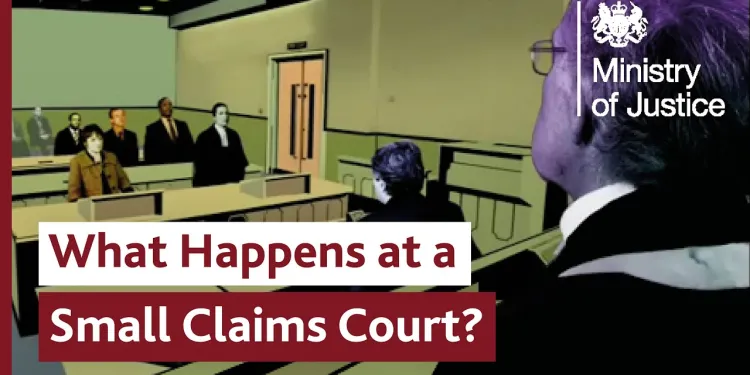
What Happens at Small Claims Court? Making a Court Claim for Money
Relevance: 51%
-
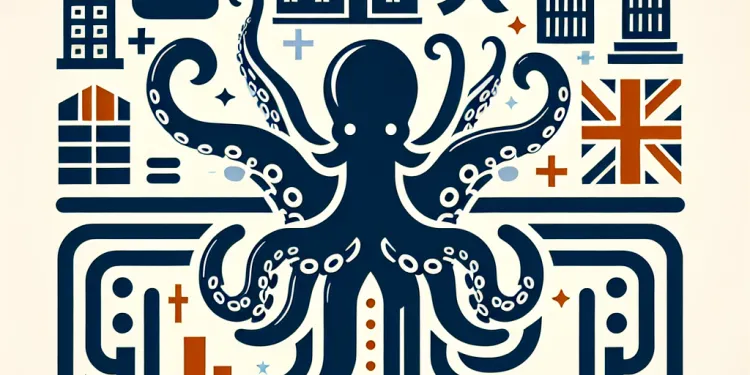
What documentation do I need to provide for a compensation claim with Octopus Energy?
Relevance: 46%
-

Is there a deadline for making a claim?
Relevance: 45%
-
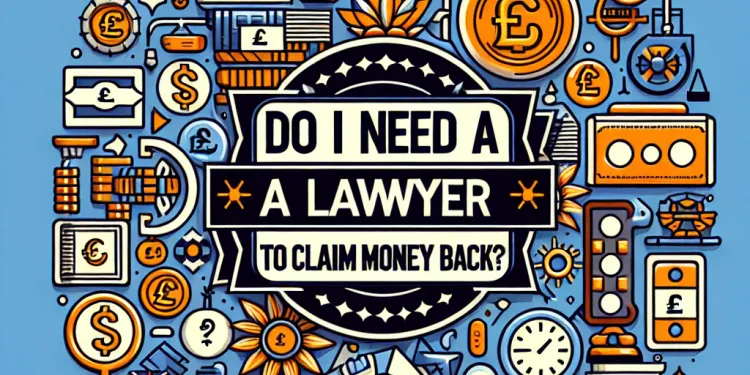
Do I need a lawyer to claim money back?
Relevance: 45%
-
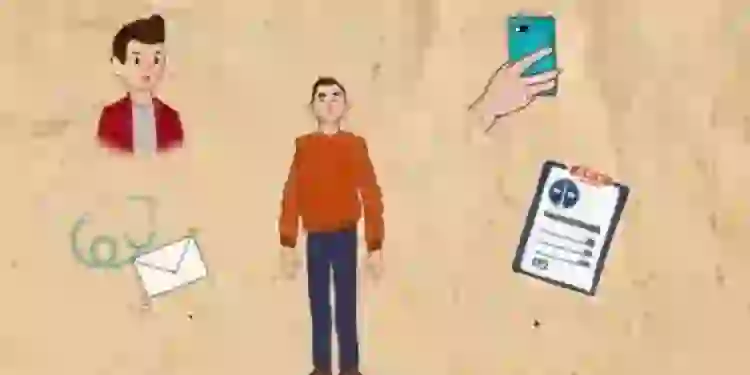
An introduction to claiming asylum in the UK
Relevance: 45%
-

Navigating Personal Injury Claims: What You Need to Know Post-2023
Relevance: 44%
-
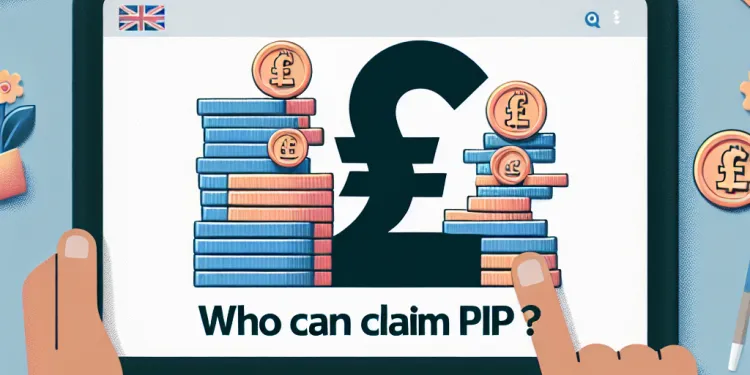
Who can claim PIP?
Relevance: 42%
-

Can a professional negligence claim be filed against a company?
Relevance: 42%
-

What information do I need to provide to claim my refund?
Relevance: 42%
-
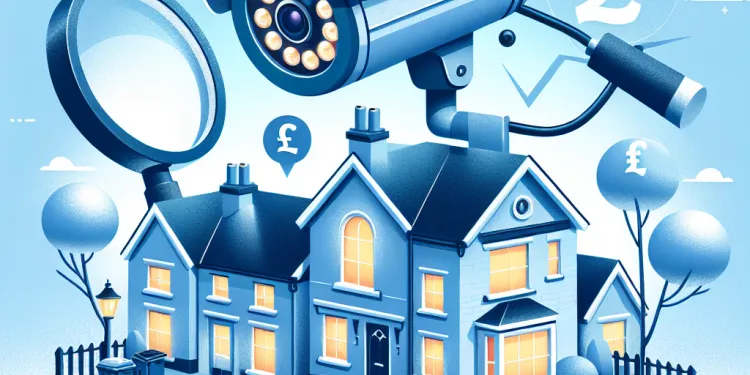
Can my neighbour use footage from their security camera as evidence in disputes?
Relevance: 41%
-

Who should I contact to initiate my claim?
Relevance: 40%
-

Is there a minimum claim amount?
Relevance: 40%
-

Can I claim compensation if I was mis-sold car finance?
Relevance: 39%
-
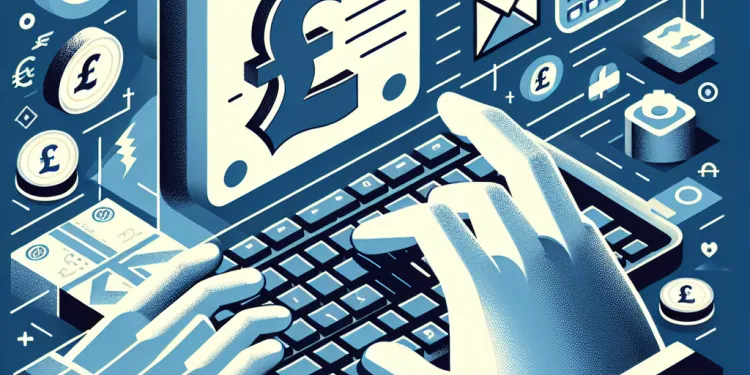
Can I make a claim online?
Relevance: 39%
-

How can I claim money back from my water company?
Relevance: 38%
-

Who can claim PIP?
Relevance: 38%
-
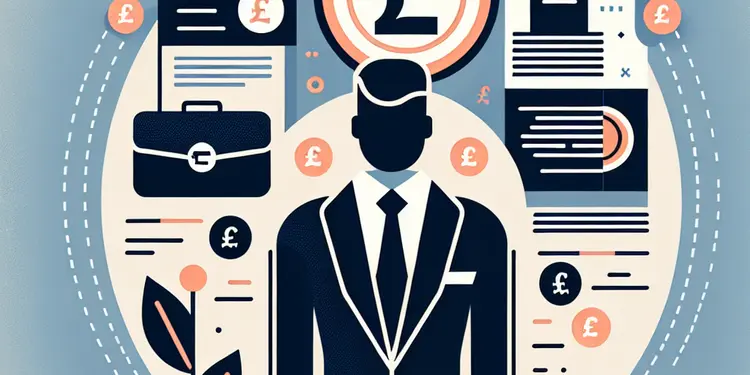
What are the elements of a professional negligence claim?
Relevance: 38%
-

What should I do if I receive a Request for Evidence from USCIS?
Relevance: 38%
-
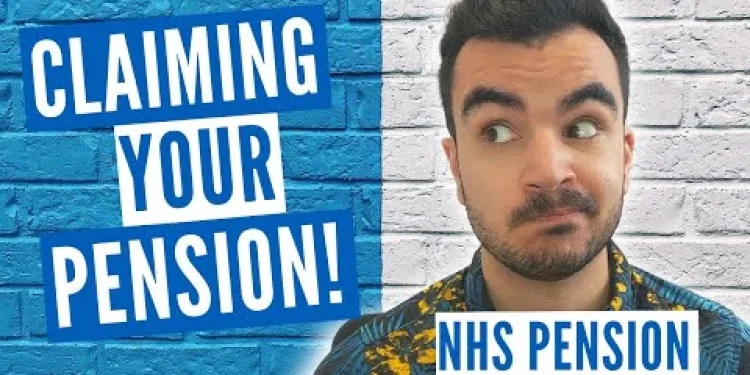
NHS Pensions | How to Claim? | Ill Health, Active & Deferred Members
Relevance: 37%
-

Is there a time limit for claiming a refund on overpaid Council Tax?
Relevance: 37%
-

How do I claim Ofgem compensation from Octopus Energy?
Relevance: 37%
-

What is the role of a water regulator in my claim?
Relevance: 37%
-
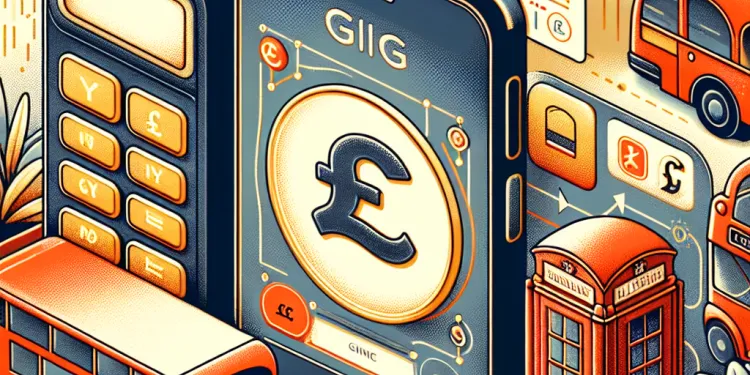
Can I claim expenses as a gig worker?
Relevance: 37%
-
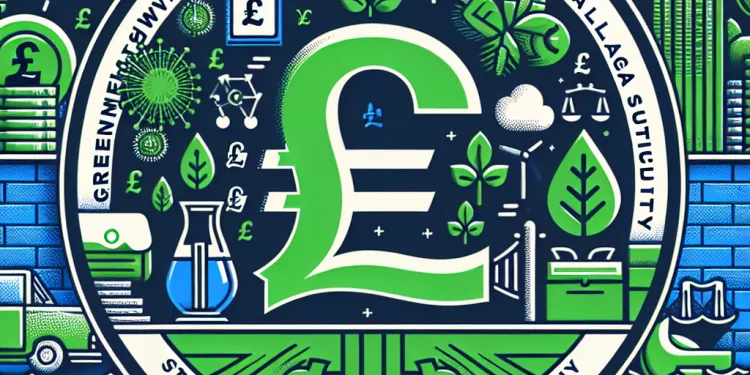
Greenwashing Lawsuits Increase as Environmental Claims Face Legal Checks
Relevance: 36%
-
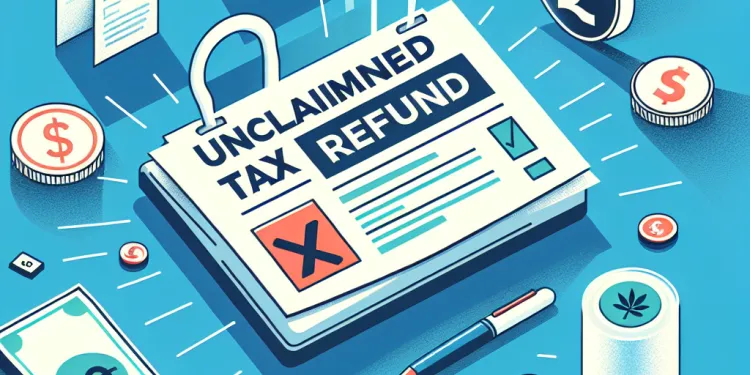
What happens if I do not claim my tax refund?
Relevance: 36%
-

How long do I have to file a professional negligence claim?
Relevance: 36%
-
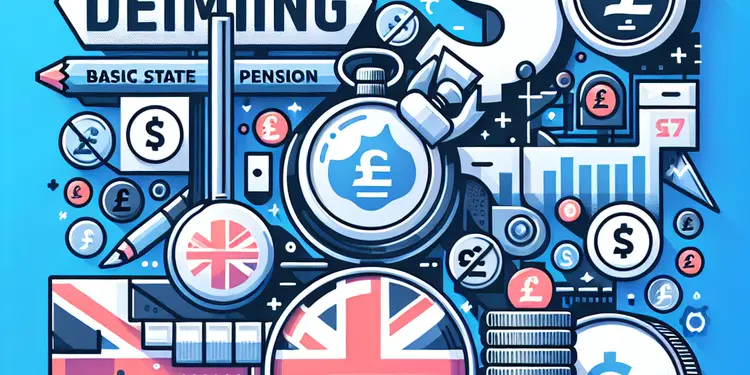
How do I claim the basic State Pension?
Relevance: 36%
-

What evidence can be used in a boundary dispute?
Relevance: 36%
-

What can I do if the water company doesn’t respond to my claim?
Relevance: 36%
-
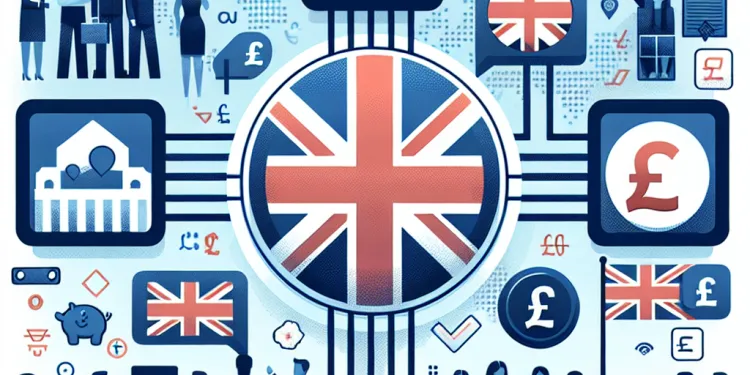
Can I make a joint claim with other users?
Relevance: 35%
-

Is there any scientific evidence that links paracetamol use to autism?
Relevance: 35%
-

How can professionals avoid negligence claims?
Relevance: 35%
-
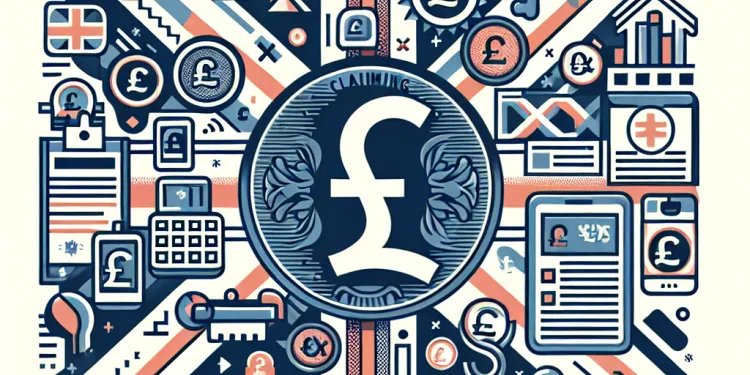
How do I claim my tax refund from HMRC?
Relevance: 35%
-

Can I claim the Winter Fuel Payment on behalf of someone else?
Relevance: 35%
-
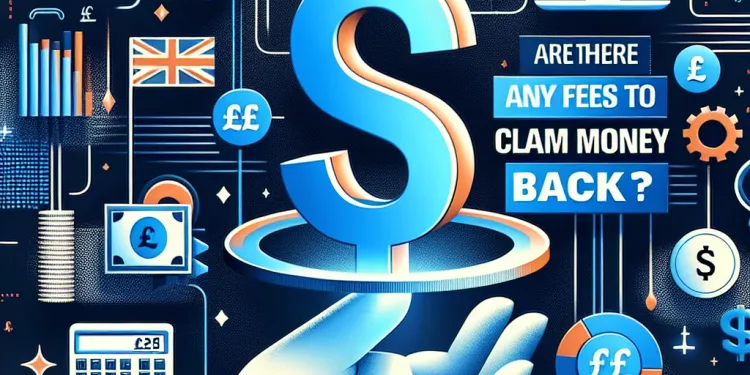
Are there any fees to claim money back?
Relevance: 35%
-

Is there a deadline to claim the Winter Fuel Payment?
Relevance: 34%
Understanding Your Claim
When making a claim, whether it's for an insurance case, a legal complaint, or a benefits application, understanding the type of evidence required is crucial. The evidence you need will depend on the nature of your claim and the standards of proof expected. In the UK, evidence plays a pivotal role in substantiating your case. This article explores the general types of evidence you might need to support your claim effectively.
Types of Evidence
The first category is documentary evidence, which includes any tangible documents that help prove your claim. Examples include contracts, medical records, receipts, or official correspondences relevant to your case. These documents should be original or certified copies to ensure their authenticity.
Witness statements are another powerful form of evidence. If someone witnessed events related to your claim, their testimony could significantly bolster your position. Ensure that witness statements are detailed and corroborate the facts of your case as consistently as possible.
Photographic and video evidence can provide compelling support for your claims. Whether it's footage of an accident scene or images of property damage, visual evidence can persuasively illustrate the circumstances around your claim. Ensure these images or videos are clear, timestamped, and unaltered to maintain their integrity.
In some cases, expert evidence might be required. Expert reports or testimonials can lend credibility, especially in complex claims involving technical, medical, or financial aspects. An expert's analysis can clarify intricate details and fortify the merits of your claim.
Gathering and Presenting Evidence
Once you have identified the necessary evidence, the next step involves gathering and organizing it. Ensure all evidence is relevant, consistent, and supportive of your claim. In legal scenarios, filing evidence properly within prescribed deadlines is critical. Missed deadlines or improperly submitted evidence could undermine your claim.
When preparing for a hearing or submission, it's crucial to present your evidence logically and persuasively. Clearly outline the relevance of each piece of evidence, and anticipate possible counterarguments. In UK courts or tribunals, evidence presented in an organized manner increases the likelihood of your claim being taken seriously and fairly considered.
Conclusion
Understanding and obtaining the right evidence is a fundamental step in substantiating your claim. Evaluating the specific requirements and standards for your case and systematically collecting and presenting proof can enhance your chances of a favourable outcome. Always consider seeking professional advice, such as from a solicitor or legal advisor, to strengthen your position further.
Understanding Your Claim
When you want to make a claim, like for insurance or benefits, you need to know what proof you need. Proof helps show your claim is true. Different claims need different proof. In the UK, proof is very important. This guide will help you understand the proof you might need.
Types of Evidence
Papers as proof: Papers like contracts, doctor notes, or receipts can help your claim. Use the original papers or official copies. This makes sure they are real.
Witness statements: If someone saw what happened, their story can help you. Make sure their story matches the facts about your claim.
Photos and videos: Pictures or videos can show what happened. They should be clear and show the date they were taken. Do not change these pictures or videos, so people know they are true.
Experts: Sometimes you need an expert, like a doctor or engineer, to explain things. They can help make your claim stronger.
Gathering and Presenting Evidence
After knowing what proof you need, collect and arrange it. The proof should help your claim and be submitted on time. If you miss deadlines, it may hurt your claim.
When showing your proof, make sure it is clear and makes sense. Say why each proof is important. This helps others understand your claim better. Being organized helps when you go to court or a meeting about your claim.
Conclusion
Getting the right proof is key to helping your claim. Know what you need and put it in order. This will improve your chances of winning. Asking a professional for help, like a lawyer, can also be a good idea.
Frequently Asked Questions
What is the first step in gathering evidence for my claim?
The first step is to clearly understand the requirements or the burden of proof for your specific type of claim.
What types of evidence are generally acceptable to support a claim?
Acceptable evidence can include documentation such as emails, contracts, receipts, photographs, witness statements, and expert testimony.
How do I determine what specific evidence is needed for my claim?
Review the rules or guidelines related to your claim type, which often outline the required evidence, or consult with a legal professional.
Can digital communication be used as evidence?
Yes, digital communications such as emails, text messages, and social media posts can be used as evidence if they are relevant and authentic.
What makes evidence credible?
Evidence is credible if it is reliable, authentic, relevant to the claim, and comes from a trustworthy source.
Is there a standard format for submitting evidence?
The format can vary depending on the type of claim and the governing body, so it's best to check specific submission guidelines.
Can I use witness testimony as part of my evidence?
Yes, witness testimony can be a powerful form of evidence, especially if the witness is credible and the testimony is consistent.
How important is timing when submitting evidence?
Timing is crucial; evidence should be submitted within any deadlines specified by the rules governing your claim.
What should I do if I am missing some of the evidence needed for my claim?
You should try to gather the missing evidence wherever possible, perhaps by reaching out to involved parties, or you may need to explain the gap to those reviewing your claim.
Is photographic evidence sufficient to support a claim?
Photographic evidence is often useful, but it is usually best when combined with other types of evidence to give a fuller picture.
How do I authenticate digital evidence?
Authenticating digital evidence typically involves showing that it is original, unaltered, and verifiable by metadata or through technical means.
Can expert testimony be used in my claim?
Yes, expert testimony can be used and is often necessary to interpret technical evidence or facts.
What if the evidence I have is not officially documented?
Informally documented evidence such as notes or drafts can still be useful if it corroborates other documented evidence.
How can I organize my evidence effectively?
Organize your evidence chronologically, by category, or by relevance to components of your claim, and provide a clear index.
What role does physical evidence play?
Physical evidence can provide tangible proof related to your claim, such as damaged property or defective goods.
How do I know if my evidence is legally admissible?
Legal admissibility can depend on the jurisdiction and rules governing your claim; it's best to consult legal guidelines or an attorney.
Is it necessary to notarize documents as evidence?
Notarization is not always required, but it can add credibility by verifying the authenticity of the document and the identity of the signer.
Can circumstantial evidence support my claim?
Yes, circumstantial evidence can support a claim when it logically connects to the facts and aligns with other evidence.
How can I ensure my evidence is thorough?
Make sure your evidence covers all elements of your claim by cross-referencing the requirements with the evidence you have gathered.
Where can I find more information about evidence requirements for my claim?
Review official guidelines related to your claim, or consult with a legal or claims professional for detailed advice.
What do I do first to collect proof for my claim?
Start by writing down what happened. Use simple words.
Try drawing a picture if it helps you remember clear details.
The first step is to know exactly what you need to prove for your type of claim.
What proof can I use to show something is true?
You can show something is true by using these:
- Pictures or videos
- Letters from people who know about it
- Official papers
- Things you can touch, like objects
Here are some tools that might help:
- Ask a friend or adult to explain things
- Use a computer or tablet to find more info
- Draw a picture to help explain
Good proof can include things like emails, contracts, receipts, photos, what people saw, and what experts say.
How do I find out what proof I need for my claim?
Check the rules or guidelines for your claim. These usually tell you what proof you need. You can also talk to a lawyer for help.
Can we use messages on computers and phones as proof?
Yes, messages you send online like emails, texts, and social media posts can be used as proof if they are important and real.
What makes information believable?
How do we know if something we read or hear is true? Here are some tips to help:
- Check the source: Where did the information come from? Is it from someone who knows a lot about the subject?
- Look for facts: Are there facts to support the information? Facts are things we can check and prove.
- Same story everywhere: Do other places or people say the same thing? It's good if lots of trusted places say it too.
- Updated: Is the information new and updated?
- Ask for help: If you're not sure, ask a teacher, parent, or friend to help you understand.
These tips can help you know what to believe!
Evidence is good if it is true, comes from a real source, matches the claim, and can be trusted.
Is there a set way to send evidence?
The way you fill out a form can be different. It depends on the type of claim you are making and the rules of the group in charge. It is a good idea to look at their rules and see how they want you to fill it out.
Can I use what someone else saw or heard as evidence?
You can use what someone saw or heard if you need to show proof. This is called witness testimony.
Ways to help:
- Ask the person to write down what they saw or heard.
- They can speak in court about it.
- You can record them telling their story.
Yes, when a person tells their story about what they saw or heard, it can be strong evidence. This is especially true if the person is honest and their story stays the same each time.
Why is it important to send evidence on time?
Sending your evidence at the right time is very important. It can help make sure your evidence is used and looked at. If you send it too late, it might not be seen. Make a plan to send things early.
Try using a calendar or alarm to remind you. This can help you send your evidence on time.
It's important to send in your evidence on time. Make sure you know the deadline for your claim and send everything in before then. It might help to use a calendar or set reminders to keep track of the dates. If you need help, you can ask someone you trust to help check the deadline.
What to Do If You Don't Have All Your Evidence
If you are missing some documents you need, don't worry! Here are some steps you can take:
- Make a list of the documents you do have.
- Think about where you might find the missing documents.
- Ask for help from a friend or family member to find them.
- Contact the place or person who has the documents and ask for a copy.
- Use the internet to look up where you can get the documents.
Remember, it’s okay to ask for help if you need it!
You should try to find the missing evidence if you can. You could ask the people who are involved for help. If you cannot find the missing evidence, you should tell the person checking your claim why it is missing.
Is a photo enough to prove something?
Photos can be helpful. But it's even better to have photos with other types of proof. This way, we can understand the whole story.
How can I prove digital information is real?
When you have digital information, like a photo or a text, you might need to show it is real and not changed. Here is how you can do it:
- Check the date and time: Look at when the information was made. This can help show it is real.
- Use original files: Try to keep the first copy of the information. This is the best way to show it is real.
- Ask an expert: Sometimes, a person who knows a lot about computers can help prove the information is real.
- Use special tools: There are tools that can help check if the digital information is real.
If you need help with this, try asking a teacher or a friend who is good with computers.
Proving that digital evidence is true means showing it is the first copy, not changed, and can be checked using extra information or special tools.
Can an expert help with my claim?
Yes, experts can help explain tricky or complicated things. They are often needed to make sense of difficult information.
What if I don't have official papers as proof?
Notes or drafts can still be helpful if they agree with other evidence.
You can use simple tools like highlighters to mark important parts. Drawing pictures might help you remember information better.
How can I sort my evidence well?
Sort your information by what happened first, by different types, or by how important it is to your point. Make a simple list to show where everything is.
What is physical evidence?
Physical evidence is something you can see or touch. It helps us understand what happened. Police and detectives use it to solve problems or find out the truth.
Physical evidence is like a clue in a mystery story. It helps people know what happened and who did it.
To make it easier to understand, you can:
- Look at pictures or drawings of what happened.
- Use videos that show real-life examples.
- Talk with someone who can explain it to you in a simple way.
Physical evidence means things you can see or touch. It helps prove your point. This could be broken things or items that don't work right.
How can I tell if my proof is okay to use in court?
Legal matters can be different depending on where you live and the rules for your case. It's a good idea to talk to a lawyer or check the rules to understand better.
Do you need to get documents notarized for proof?
Getting a document notarized is not always needed. But it can help people trust the document more. It shows that the document is real and that the person who signed it is who they say they are.
Can clues help my case?
Yes, circumstantial evidence can help prove something if it makes sense with the facts and matches other evidence.
Here are some tools and tips to help understand better:
- Break it Down: Read one piece at a time and think about what it means.
- Ask Questions: If something is not clear, ask someone or look it up.
- Use Pictures: Draw or find pictures that show what the words mean.
How can I make sure my evidence is complete?
To make sure your evidence is complete, follow these steps:
- Gather information from different sources.
- Check that the information is correct.
- Organize your evidence in a clear way.
- Use tools like checklists to keep track.
- Ask someone to help you review your evidence.
Use these tips to make your evidence as strong as possible.
Check if all your proof matches what is needed for your claim. Look at the list of requirements and compare it to the proof you have.
Where can I get more help with evidence for my claim?
If you need more help with what you need to prove your claim, here are some things you can do:
- Ask someone to help you read it.
- Look at guides or videos online.
- Contact a support service for help.
If you need help with your claim, look at the rules about it. You can also ask a lawyer or expert for advice.
Useful Links
- Ergsy carfully checks the information in the videos we provide here.
- Videos shown by Youtube after a video has completed, have NOT been reviewed by ERGSY.
- To view, click the arrow in centre of video.
- Most of the videos you find here will have subtitles and/or closed captions available.
- You may need to turn these on, and choose your preferred language.
- Go to the video you'd like to watch.
- If closed captions (CC) are available, settings will be visible on the bottom right of the video player.
- To turn on Captions, click settings .
- To turn off Captions, click settings again.
More Items From Ergsy search
-

What evidence do I need to support my claim?
Relevance: 100%
-

How do I record evidence for a mis-sold car finance claim?
Relevance: 55%
-

What evidence should I gather if I plan to seek legal action?
Relevance: 52%
-

What should I do if my claim is rejected?
Relevance: 51%
-

What Happens at Small Claims Court? Making a Court Claim for Money
Relevance: 51%
-

What documentation do I need to provide for a compensation claim with Octopus Energy?
Relevance: 46%
-

Is there a deadline for making a claim?
Relevance: 45%
-

Do I need a lawyer to claim money back?
Relevance: 45%
-

An introduction to claiming asylum in the UK
Relevance: 45%
-

Navigating Personal Injury Claims: What You Need to Know Post-2023
Relevance: 44%
-

Who can claim PIP?
Relevance: 42%
-

Can a professional negligence claim be filed against a company?
Relevance: 42%
-

What information do I need to provide to claim my refund?
Relevance: 42%
-

Can my neighbour use footage from their security camera as evidence in disputes?
Relevance: 41%
-

Who should I contact to initiate my claim?
Relevance: 40%
-

Is there a minimum claim amount?
Relevance: 40%
-

Can I claim compensation if I was mis-sold car finance?
Relevance: 39%
-

Can I make a claim online?
Relevance: 39%
-

How can I claim money back from my water company?
Relevance: 38%
-

Who can claim PIP?
Relevance: 38%
-

What are the elements of a professional negligence claim?
Relevance: 38%
-

What should I do if I receive a Request for Evidence from USCIS?
Relevance: 38%
-

NHS Pensions | How to Claim? | Ill Health, Active & Deferred Members
Relevance: 37%
-

Is there a time limit for claiming a refund on overpaid Council Tax?
Relevance: 37%
-

How do I claim Ofgem compensation from Octopus Energy?
Relevance: 37%
-

What is the role of a water regulator in my claim?
Relevance: 37%
-

Can I claim expenses as a gig worker?
Relevance: 37%
-

Greenwashing Lawsuits Increase as Environmental Claims Face Legal Checks
Relevance: 36%
-

What happens if I do not claim my tax refund?
Relevance: 36%
-

How long do I have to file a professional negligence claim?
Relevance: 36%
-

How do I claim the basic State Pension?
Relevance: 36%
-

What evidence can be used in a boundary dispute?
Relevance: 36%
-

What can I do if the water company doesn’t respond to my claim?
Relevance: 36%
-

Can I make a joint claim with other users?
Relevance: 35%
-

Is there any scientific evidence that links paracetamol use to autism?
Relevance: 35%
-

How can professionals avoid negligence claims?
Relevance: 35%
-

How do I claim my tax refund from HMRC?
Relevance: 35%
-

Can I claim the Winter Fuel Payment on behalf of someone else?
Relevance: 35%
-

Are there any fees to claim money back?
Relevance: 35%
-

Is there a deadline to claim the Winter Fuel Payment?
Relevance: 34%


